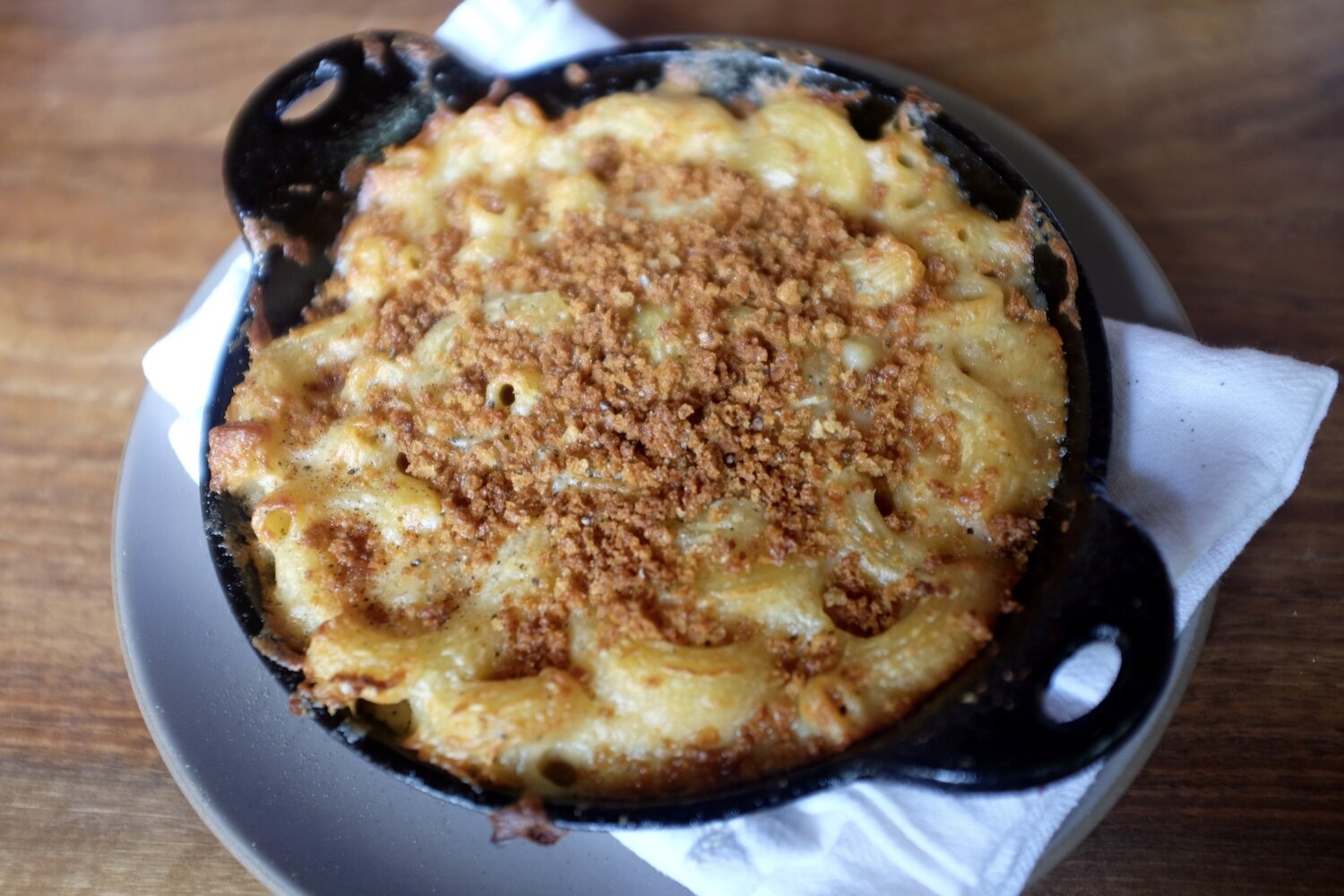The 5 Biggest Mac & Cheese Mistakes
Macaroni and cheese is one of the greatest comfort foods. Ideally, it’s gooey and richly flavored with a smooth and silky sauce, but making it at home can be tricky so it’s important to use the right cheeses, pasta, and cooking techniques. Here’s what several experts say are the biggest mistakes when it comes to making macaroni and cheese at home and how to avoid making them.
1. Using Only Cheddar cheese
Because macaroni and cheese is English in origin, you might be tempted to make it with only cheddar cheese. But using a mixture of cheeses adds complexity, depth and creates the best texture. Stephanie Stiavetti, co-author of Melt: The Art of Macaroni and Cheese says, “You can use almost any cheese that you like in mac and cheese, assuming you like the flavor and it's not cost-prohibitive. Even non-melty cheeses can be used as an accent cheese when added to a larger cheese sauce.” Janet Fletcher, cheese educator, author and Planet Cheese blogger adds, “Don’t go cheap. Choose some of the world’s most flavorful melting cheeses, like Fontina Val d’Aosta, Comte, Appenzeller, or Raclette (you can mix them). Cowgirl Creamery’s Wagon Wheel or Hop Along is a great domestic alternative. You can always mix in a good Cheddar, like Grafton Two-Year or Beecher’s Flagship, to add some tang but I like the nuttiness of alpine cheeses.”
2. Not Adding Spice and Seasoning with Salt
The flavor of the cheese is enhanced with spice. But which spice to choose? Laura Werlin, author of Mac & Cheese, Please! adds onion for sweetness and spice along with mustard, nutmeg, and pepper to her classic macaroni and cheese recipe. Stiavetti says, “I personally love adding smoked paprika to mac and cheese. It gives the dish a nice bacon-y smokiness while keeping it vegetarian. A sprinkle of nutmeg can also be delicious because it adds a hint of sweet mystery to a cheesy dish. While it must seem strange to Americans, cheese and a touch of nutmeg are a classic French flavor combination seen in Croque Madame.” She also points out the importance of salt, “The biggest problem I see in my students making macaroni and cheese is not using enough salt. To make an epic dish, the pasta water needs to be generously salted, and the sauce needs to be salted, too.” But she also cautions to salt the cheese sauce after adding the cheeses, because cheese itself has a fair amount of salt in it.
3. Choosing the Wrong Pasta
There’s a reason why elbow macaroni is the classic shape for macaroni and cheese. Macaroni holds the sauce. Says Stiavetti, “You generally want to stick to smaller noodles with some sort of hole or nook, which hold onto the sauce and deliver more cheesy flavor in each bite — think shells, penne, elbows, or lilies. Long pasta doesn't grasp sauce very well, nor do varieties like farfalle, rotelle (wagon wheels), or orecchietti.” Fletcher agrees, adding, “The best shapes for mac and cheese are the short, stubby ones like penne, fusilli and (my favorite) cavatappi (“corkscrews” in Italian). The twists and turns in the cavatappi trap a lot of yummy sauce.”
4. Overcooking
No one wants grainy cheese sauce and mushy pasta. If macaroni and cheese is going to be baked in the oven, Werlin suggests undercooking it by a few minutes before combining it with the sauce. Fletcher goes so far as to say that it should be pretty firm when you add it to the sauce. But cooking the pasta is the easy part. The sauce is often where things go wrong. Explains Stiavetti, “Cheese is an emulsion, and emulsions need to be treated gently. What this means for mac and cheese is that if you heat your cheese sauce too quickly or for too long, it will break — which causes the liquid to separate from the milk solids. This is why mac and cheese reheated in a microwave tends to get grainy. When cooking macaroni and cheese on the stovetop, prepare your sauce and then add the cheese last, just before adding the pasta. If you do find you need to reheat your sauce after the cheese is added, do it over low heat, and stir it constantly.”
5. Skimping on the Toppings
Not all macaroni and cheese has a topping, but a good topping can create an appealing texture or contrasting flavor. One trick Werlin uses is to top macaroni and cheese with layers of both cheese and breadcrumbs or even cubes of bread, before baking. Another technique she uses is to top macaroni and cheese just before serving, with Italian style frico or cheese crisps made from Cheddar. For contrasting and non-traditional toppings, Stiavetti suggests crispy sautéed bacon or sausage or a sprinkling of freshly chopped chives or green onions.

